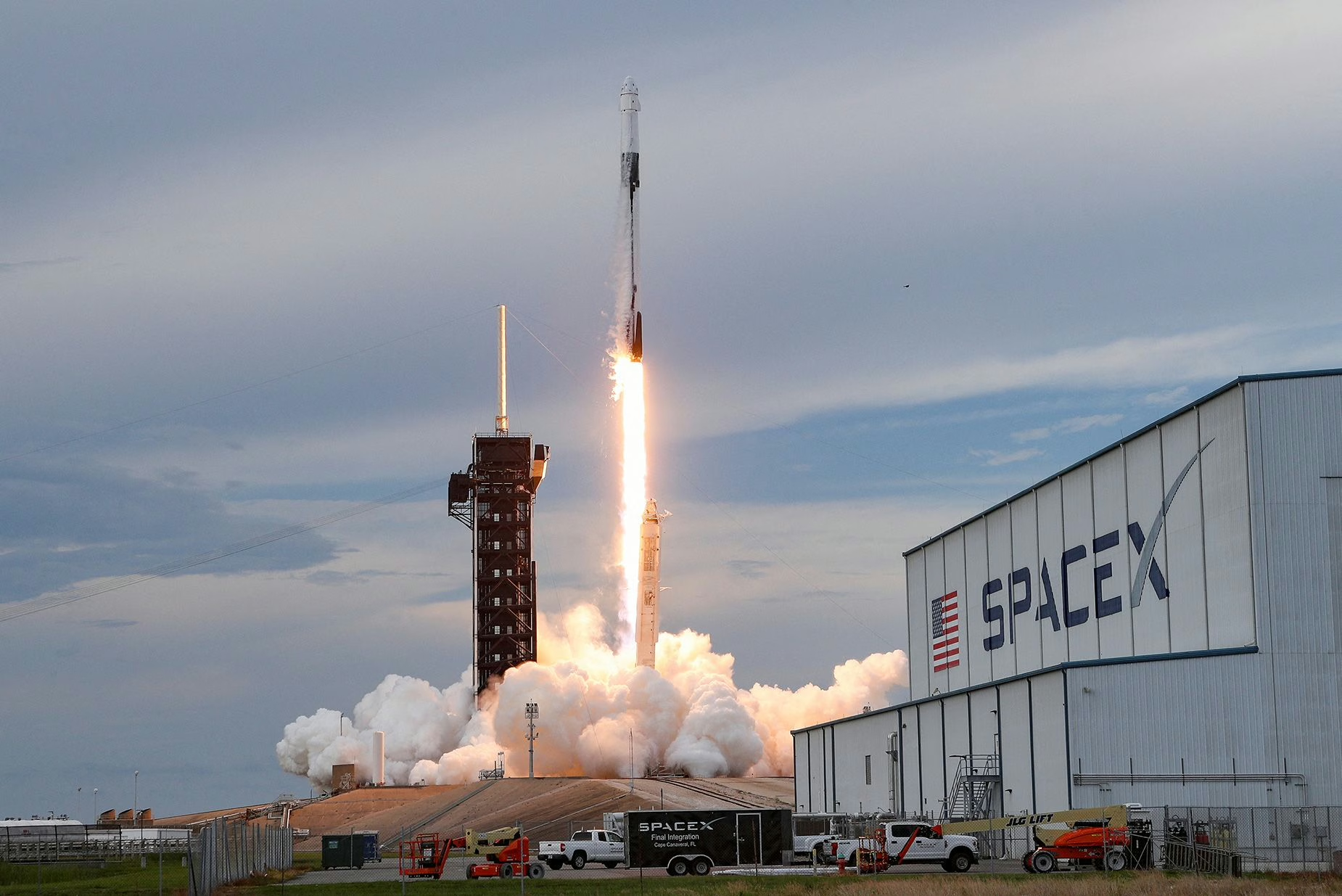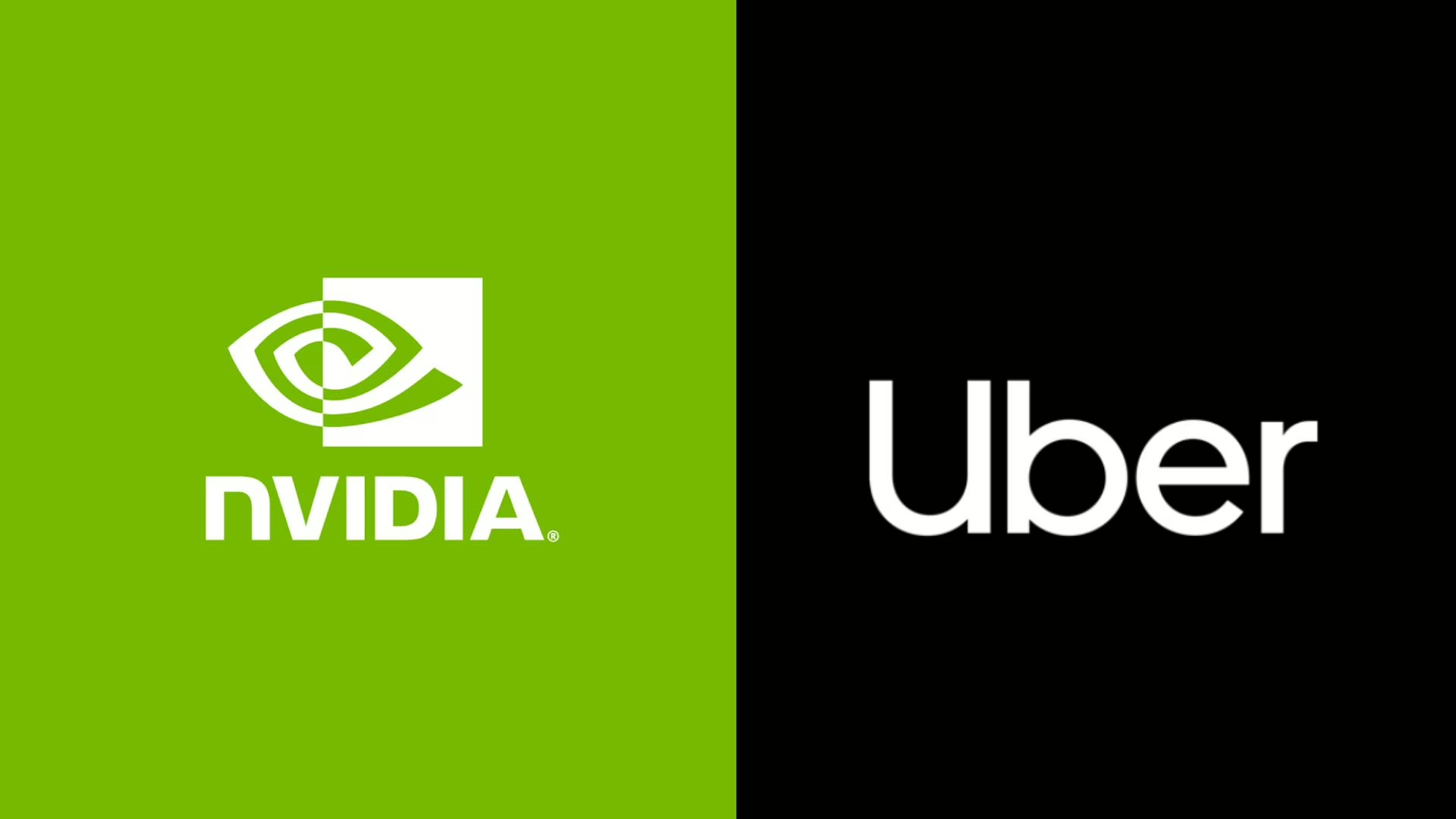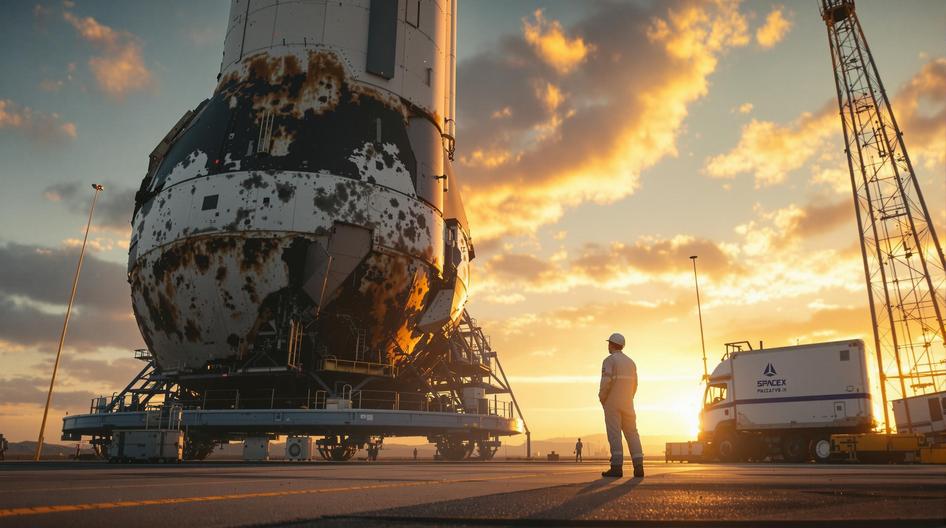
Starlink’s Expanding Constellation Reshapes the Satellite and Telecom Landscape
When you look up at the night sky these days, there’s a decent chance you’re seeing one of SpaceX’s Starlink satellites streaking overhead. With over 8,000 satellites now orbiting Earth, Starlink isn’t just another internet service provider. It’s actively rewriting the rules of global connectivity, and the implications stretch far beyond rural broadband access.
The pace is staggering. In early September alone, SpaceX launched 28 fresh Starlink satellites from Florida, just hours after sending up 24 more from California. This isn’t a sprint, it’s become Starlink’s standard operating procedure. Each launch strengthens their position in remote and underserved regions where traditional broadband simply can’t reach.
But here’s where it gets interesting for tech investors and industry watchers. Despite this massive head start, analysts don’t see Starlink monopolizing the global LEO market. A recent MoffettNathanson report dug into various scenarios for the low-Earth orbit satellite sector, considering everything from constellation scales to satellite lifespans and the unpredictable nature of user demand.
The takeaway? While Starlink has grabbed the early advantage, there’s still plenty of room for competition. The market dynamics remain complex and somewhat unpredictable, especially when it comes to satellite longevity and return on massive capital investments. Think of it like the early days of crypto infrastructure development, where first-mover advantage doesn’t guarantee market dominance.
The $17 Billion Game Changer
Then came the bombshell that had telecom executives scrambling for their calculators. SpaceX dropped $17 billion on wireless spectrum licenses from EchoStar, and the move sent shockwaves through U.S. financial markets. This wasn’t just about adding more bandwidth to their satellite fleet. The EchoStar acquisition signals something much bigger: Starlink’s push to merge space-based internet with terrestrial mobile networks.
Here’s why this matters. The deal accelerates Starlink’s direct-to-cell service, which aims to deliver broadband speeds straight to regular smartphones. No special equipment, no new hardware, just your existing phone connecting directly to satellites overhead. It’s like bringing decentralized infrastructure to mobile communications.
The market reaction was immediate and telling. Shares of T-Mobile US, AT&T, and Verizon all dropped following the announcement. Investors clearly recognized the disruptive potential of satellites bypassing traditional cell towers entirely. When established telecom giants see their stock prices wobble over a satellite company’s acquisition, you know something fundamental is shifting.
The FCC didn’t miss the implications either. Regulators praised the deal’s potential to “supercharge competition” and extend reliable connectivity to millions of Americans still dealing with spotty service. Under the agreement, EchoStar’s Boost Mobile users will get direct access to Starlink’s satellite network, creating stronger, more reliable coverage in areas where cell towers struggle.
Beyond Consumer Markets
While everyone focuses on rural broadband and smartphone connectivity, Starlink is quietly expanding into specialized, high-value sectors. Phoenix Air Group recently installed Starshield, the government-focused version of Starlink, on a Learjet 35/36.
This FAA-approved installation represents more than just airborne internet. It’s setting new standards for mission-critical data relay and communications in demanding operational environments. For government contractors, defense applications, and specialized aviation services, reliable high-speed connectivity at altitude opens up possibilities that weren’t feasible before.
This mirrors trends we’re seeing across enterprise AI and automation, where specialized infrastructure enables new categories of applications and services.
What’s Next for Tech Investors and Developers
The convergence of satellite internet with mobile networks creates opportunities that extend well beyond telecommunications. For developers building IoT applications, this could mean truly global connectivity for devices in previously unreachable locations. For crypto and blockchain projects, satellite connectivity could enable more resilient, censorship-resistant networks.
But let’s be realistic about the timeline. The $17 billion EchoStar deal still needs regulatory approvals and technical integration. Rolling out direct-to-cell service at scale will take time, and incumbent carriers aren’t going to sit idle while their business models get disrupted.
The competitive landscape is also evolving rapidly. Other players are advancing their own LEO constellation plans, and traditional telecom companies are exploring partnerships and alternative strategies. Amazon’s Project Kuiper, OneWeb, and others are all working on their own satellite internet solutions.

Broader Implications for Connectivity Infrastructure
What we’re witnessing goes beyond just faster internet in rural areas. The integration of satellite networks with terrestrial infrastructure represents a fundamental shift in how we think about global connectivity. It’s similar to how cloud computing transformed enterprise infrastructure, creating new possibilities that weren’t economically viable before.
For policymakers, this raises important questions about competition, national security, and digital equity. The FCC’s support for the EchoStar deal suggests regulators see satellite-terrestrial integration as a way to accelerate competitive dynamics rather than create new monopolies.
Developers and tech entrepreneurs should pay attention to the API and integration opportunities that emerge as these networks mature. SpaceX’s rapid launch cadence means the underlying infrastructure is expanding faster than most anticipated.
The Race Heats Up
The satellite internet market is entering a new phase where technical capabilities, regulatory approvals, and strategic partnerships will determine winners and losers. Starlink’s early lead is substantial, but the market dynamics remain fluid.
For tech investors, the key question isn’t whether satellite internet will succeed, but how quickly it will integrate with existing networks and what new applications become possible. The $17 billion bet on wireless spectrum suggests SpaceX sees the real opportunity in convergence rather than replacement.
The coming months will be crucial. Regulatory decisions, competitive responses from traditional carriers, and the pace of technical integration will shape how quickly these changes reach end users. What’s certain is that the boundaries between space-based and ground-based networks are blurring, creating opportunities for innovation across telecommunications, IoT, and beyond.
As satellite constellations mature and new competitors enter the market, we’re likely to see accelerated innovation in everything from device connectivity to network resilience. For anyone building tech products or services that depend on reliable connectivity, the shifting landscape demands attention. The race for orbital internet dominance is just getting started, and the implications will reshape how we think about global communications infrastructure.
Sources:
- “Starlink has a huge lead but won’t monopolize the global LEO market – study” | Light Reading | Sep 8, 2025
- “SpaceX snaps up EchoStar spectrum for $17B, shaking U.S. telecom stocks” | RCR Wireless | Sep 8, 2025
- “SpaceX launches 28 Starlink satellites into orbit from Florida on heels of California liftoff (video)” | Space | Sep 3, 2025
- “SpaceX buys wireless spectrum from EchoStar in $17 billion deal” | Reuters | Sep 8, 2025
- “Phoenix Air Group Installs Government-focused Starlink on Learjet” | Aviation International News | Sep 3, 2025






























































































